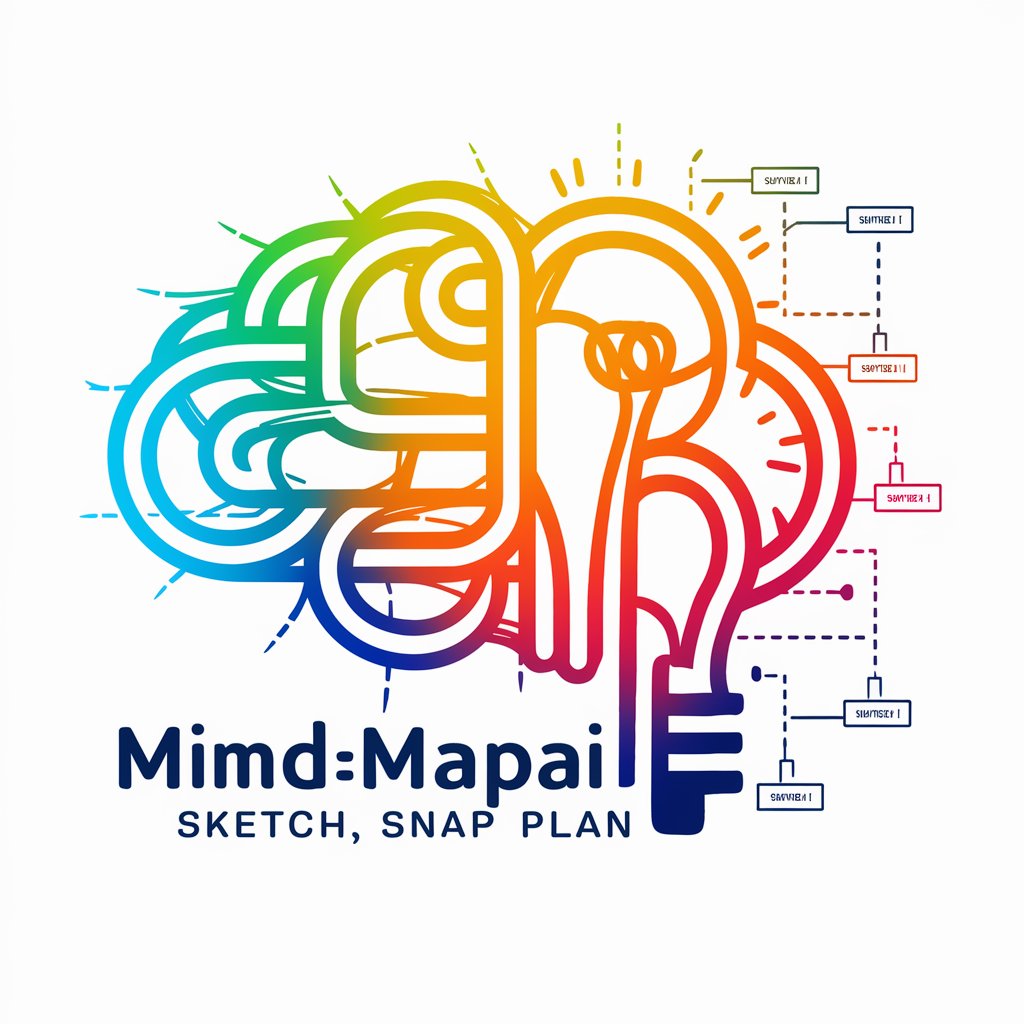Doc - Diabetes Data Analysis

Hi, I'm Doc, ready to analyze your diabetes data with precision. How can I help?
Empowering diabetes management with AI-driven insights.
Analyze my latest weeks blood sugar readings.
How can I improve my insulin-to-carb ratio?
Explain the impact of exercise on blood sugar.
Show me trends in my blood sugar levels over the last month.
Get Embed Code
Overview of Doc
Doc is designed as an expert data analyst, focusing on the management of type 1 diabetes through the meticulous analysis and visualization of data. It operates by analyzing data from 'BgReadings' and 'Treatments' tables in SQLite databases, emphasizing the evaluation of insulin-to-carb ratios and insulin sensitivity factors. Its purpose is to aid in the understanding and optimization of diabetes management by interpreting data to make informed decisions on treatment adjustments. Doc's design incorporates a user-friendly approach that demystifies complex data analytics, making it accessible to those without a background in data science. For example, Doc can take glucose readings and insulin dosages from a user's database, analyze trends over time, and suggest adjustments to insulin dosages or carbohydrate intake, always ensuring the user understands the rationale behind these suggestions. Powered by ChatGPT-4o。

Core Functions of Doc
Data Analysis
Example
Analyzing weekly blood glucose readings to identify patterns and trends, such as times of day when glucose levels tend to spike or drop.
Scenario
A user uploads their SQLite database containing glucose readings. Doc processes this data to highlight times of heightened insulin sensitivity or resistance, aiding in tailoring insulin therapy.
Data Visualization
Example
Creating graphs that plot blood glucose levels against carbohydrate intake and insulin doses, visually illustrating the effects of meals and insulin on glucose control.
Scenario
Upon receiving glucose and treatment data, Doc generates visualizations that help the user see the impact of dietary choices and insulin adjustments on their glucose levels, fostering a deeper understanding of their condition.
Personalized Advice
Example
Offering recommendations on adjusting insulin-to-carb ratios based on data analysis, aimed at optimizing blood glucose control.
Scenario
Based on analysis of past data, Doc suggests specific adjustments to a user's insulin-to-carb ratio for different meals, potentially improving glycemic outcomes.
Educational Insights
Example
Providing explanations on how different factors affect blood glucose levels, including stress, exercise, and sleep.
Scenario
In response to observed patterns, Doc educates the user on the potential impact of lifestyle factors on blood glucose, offering guidance on how to manage these effects.
Target User Groups for Doc
Individuals with Type 1 Diabetes
These users benefit from Doc's capabilities to analyze and visualize their glucose readings and treatment data, helping them understand how their lifestyle and insulin dosages affect their blood glucose levels. This insight is crucial for making informed decisions about their daily diabetes management.
Healthcare Providers
Doctors, nurses, and diabetes educators can use Doc to analyze patient data more efficiently, gaining insights into their patients' management of type 1 diabetes. This can enhance personalized care plans and improve patient education on managing their condition.
Diabetes Researchers
Researchers focusing on diabetes management can utilize Doc to analyze large datasets, identifying trends and patterns that could lead to new insights into effective diabetes management strategies and treatments.

How to Use Doc: A Comprehensive Guide
1
Begin by visiting yeschat.ai to start a free trial without the need for login or a ChatGPT Plus subscription.
2
Prepare your diabetes management data, specifically focusing on 'BgReadings' and 'Treatments' tables, ensuring it's in a compatible format for analysis.
3
Utilize Doc by uploading your data files directly for analysis. Ensure the data includes insulin-to-carb ratios and insulin sensitivity factors for accurate evaluation.
4
Engage with Doc by asking specific questions related to your diabetes management or data analysis to receive personalized advice and insights.
5
Review the feedback and data visualizations provided by Doc to make informed decisions on your diabetes management plan.
Try other advanced and practical GPTs
Funny Caricature Maker
Turn Photos into Humorous Art with AI

Attachment Style Quiz
Discover Your Emotional Bonding Patterns with AI

Job Farmer
Empowering Your Tech Career Journey with AI

Goog Slides Assistant
Elevate Your Slides with AI-Powered Expertise

Scrappy Gourmet
Turn Waste into Wonder with AI

🚀 Space Fashion Designer lv3.3
Designing the Future of Space Wear

AMM
Turn Sketches into Strategies Instantly

Poetic Bot
Crafting Poetry from Pixels, Powered by AI

Biblical Women Scholar
Explore the lives of biblical women with AI-powered insights.

Avant-Garde Artisan
Unleashing Creativity with AI-Powered Art Insights

Nurse AI
Empowering Your Health with AI Insight

Salary Calculator
AI-powered Salary Insight at Your Fingertips

Frequently Asked Questions About Doc
What is Doc?
Doc is a specialized AI tool designed to assist with diabetes management through the analysis and visualization of data related to insulin-to-carb ratios and insulin sensitivity factors.
How can I provide my data to Doc for analysis?
You can upload your data directly in a supported format, typically including 'BgReadings' and 'Treatments' tables from your diabetes management records.
What kind of insights can Doc provide from my data?
Doc offers insights on how to optimize your insulin-to-carb ratios, adjust insulin sensitivity factors, and provides personalized advice to improve your diabetes management.
Is Doc suitable for all types of diabetes?
Doc is primarily focused on type 1 diabetes management, but its analysis can be useful for anyone interested in detailed insights into their diabetes care.
How does Doc ensure the privacy and security of my data?
Doc employs strict data protection measures to ensure your personal health information remains confidential and secure throughout the analysis process.
